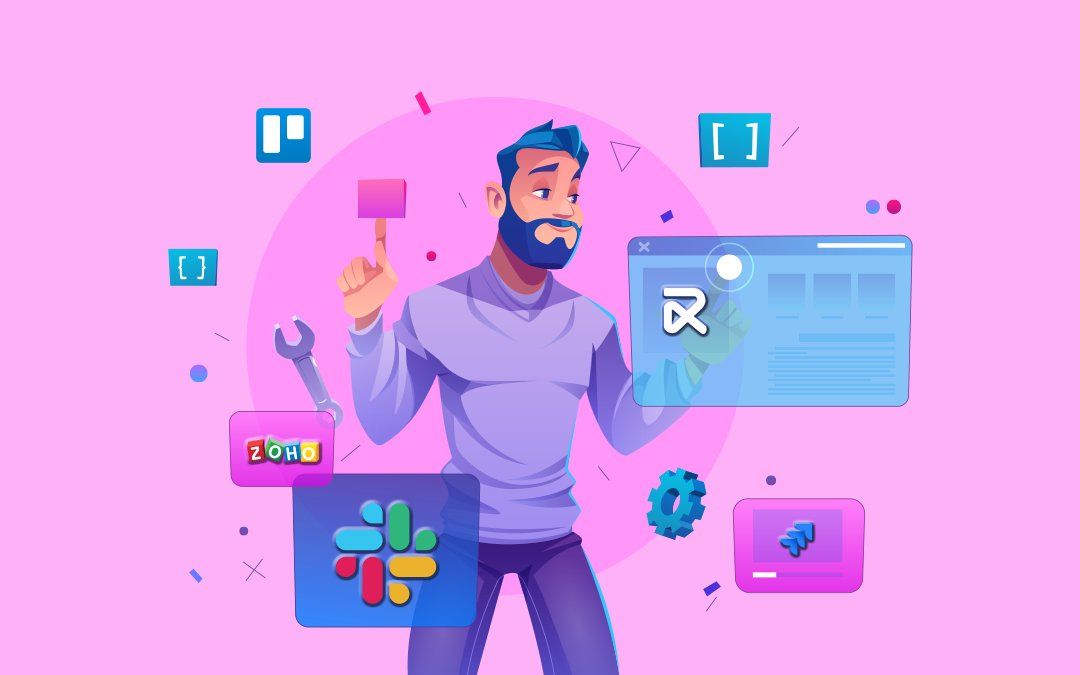
Tips for Best Customer Support - How to Hone it?
Uncover actionable methods and techniques to improve your customer support.
Imagine you've made a purchase from a business, and after receiving the product, you realize you're not entirely happy with it.
You have concerns, problems, and questions, but when you reach out to their customer support, they either ignore your queries or add a poor response.
What would be your reaction?
There is no chance you turn into a satisfied customer. Rather, you might find yourself venting your frustrations and blaming them for poor service.
But here, I would like you to imagine the other case.
What if the product or service they offer went beyond your expectations level?
You become wild, and eager to praise them with your friends, families, and colleagues.
Don't you wish to deliver the same level of satisfaction to your own customers?
Customer support is important and it plays a big role in elevating your customer’s post-sale experience.
Let’s see the ways you can do it better.
1. Prioritize speed and responsiveness
The first rule of excellent customer support is a quick response.
Everyone loves timely assistance, so make sure to respond promptly to inquiries and issues.
Implement a ticketing system or live chat to streamline your response times.
2. Active listening
Understand their concerns, questions, and needs.
Listen attentively to their feedback. It may either be their pain points or happy words–you’ll learn anything anyway.
Active listening helps you come up with more tailored solutions and also it makes them feel like–you value them.
3. Empathy and understanding
Empathy is key to building strong customer relationships.
Put yourself in the customer's shoes and understand their irritation or pain points. Show genuine care in your responses, if not, avoid doing ‘that you don’t care attitude.’
4. Better product knowledge
Your support team should have an in-depth grasp of your products or services.
They should be able to answer any question at any time—just saying.
To get your support team up-to-date, training can make them better about your business deals.
5. Be there on multiple channels
Whether customers talk to you via email, chat, phone, social media, or whatever—ensure them the best experience.
Your response should be accurate, and the quality of service should remain high across all channels.
6. Create self-service options
Offering a knowledge base or FAQ section on your website can do a lot better for them(your customers).
This lets your customers find an answer to their questions by themselves. So there’s no need for your team to do a heavy lift.
7. Personalization
Address customers by their names and references based on past interactions.
Imagine you met a person once or twice, and for the third time they call you by your name. What impression does that make? Overwhelmed, right?
Personalization creates a more friendly and takes your customer experience to the next level.
Note: Avoid calling them sir or madam; instead, call them by their names.
8. Post-sale support
Don't leave out your customers after a sale. The sale is not yet done after the purchase of your product or service.
This is what some businesses often think.
Post-sale support is important and that’s how you maintain regular interactions.
What can you do?
Follow up with customers and check whether they are satisfied with your offerings; if not, do whatever to sum up their experience in doing business with you.
9. Feedback and continuous improvement
Encourage customers to give suggestions for improvement. Use this to improve further.
Apart from doing so, you should measure your team's performance and identify the gaps to shine out.
10. Employee Well-Being
Before making your customers happy with the proper responses, make sure your employees are happy.
Happy employees provide better customer support.
Ensure your support team has a positive work environment and is well-supported.
Exceptional customer support is not just a one-time effort but an ongoing commitment to achieving and exceeding customer expectations.
By seeing these ten tips, you may have some idea of how you can do or improve it for a better cause.
Remember, satisfied customers are more likely to become repeat customers and brand advocates. So, prioritize customer support more than anything.






